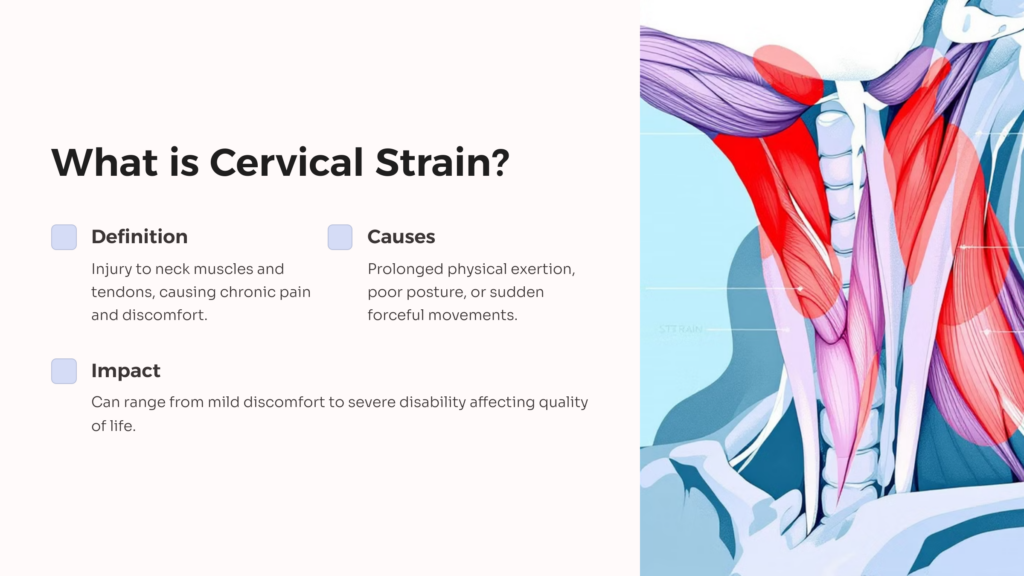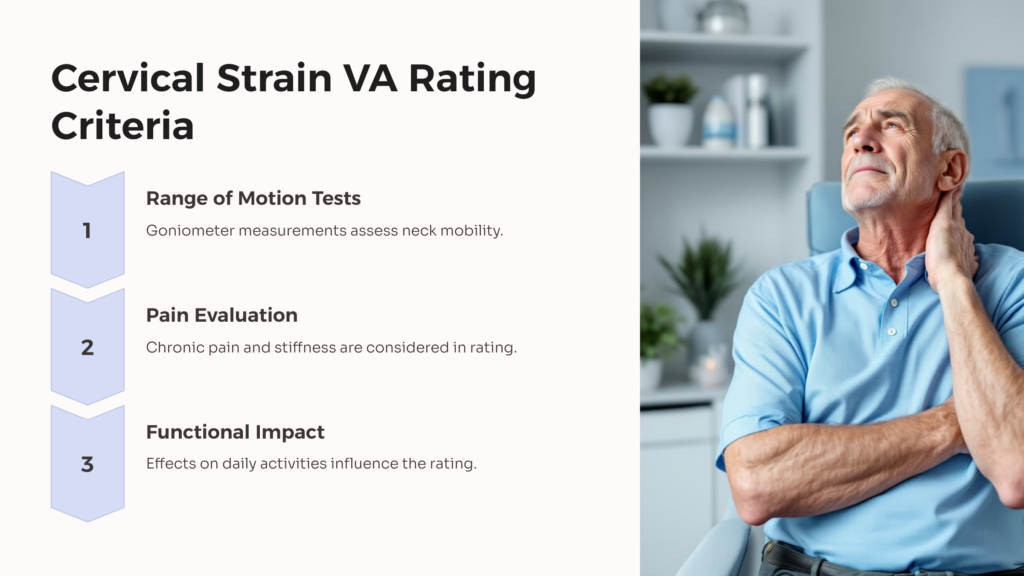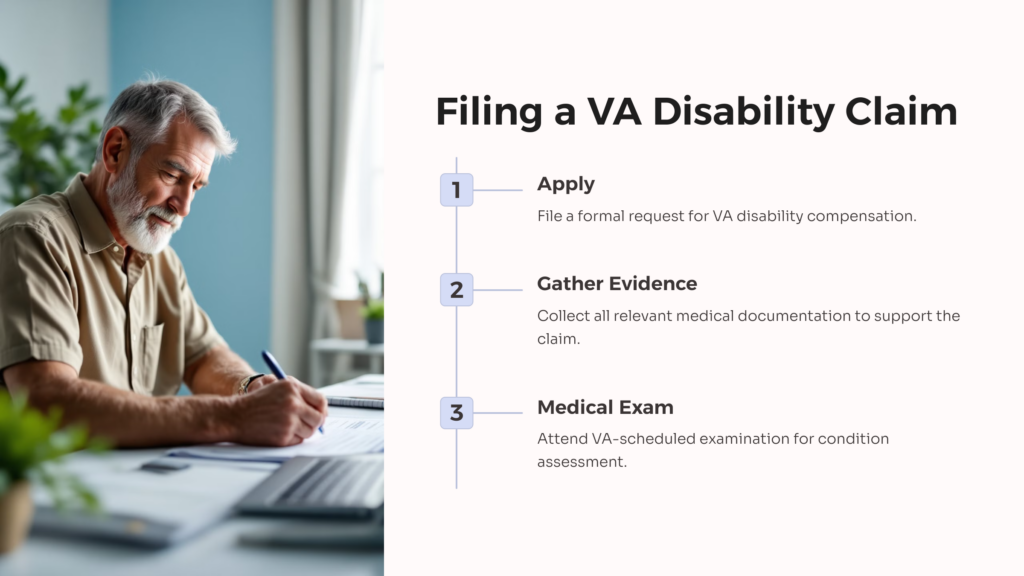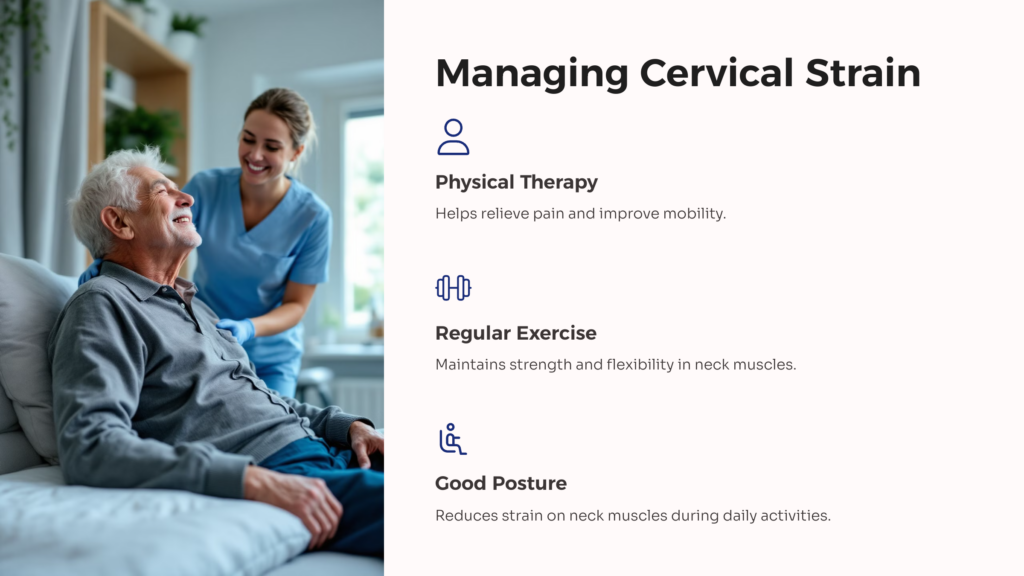Cervical strain, commonly referred to as a neck strain, is an injury to the muscles and tendons in the neck that is characterized by chronic neck pain, shoulder pain, and general discomfort. This condition often occurs due to prolonged physical exertion, poor posture, or sudden forceful movements that lead to overstretched or torn muscles and tendons. The severity and impact of this condition can range from mild discomfort to severe disability, significantly affecting an individual’s quality of life and work performance.
The VA (Department of Veterans Affairs) rating is a critical system in the United States that evaluates veterans’ disabilities, assigning a percentage rating to quantify their degree of disability. The rating is essential as it directly influences the disability compensation, healthcare, and other VA disability benefits that the disabled veteran can receive. In the subsequent sections, we will explore the effects and interactions between cervical strain, making a VA disability claim, and the VA rating system.
Understanding Cervical Strain

Cervical strain is not just a simple condition; it’s a multi-faceted problem with a unique blend of symptoms and causes. The symptoms range from mild stiffness in the neck to severe and debilitating pain, difficulty in moving the neck, headaches, and even disturbances in sleep. While common causes include poor posture or sudden forceful movements, stress and anxiety can also contribute to its occurrence.
The paramount effects of cervical strain are seen in a person’s everyday life and work capacity. Simple duties such as driving a car, working on a computer, or even physical activity can become increasingly complicated, leading to decreased productivity. The condition can also affect mental health, leading to anxiety or depression due to chronic pain and discomfort.
Cervical strain holds particular relevance for veterans, as their physical demanding military service increases the risk of developing this condition. The prevalence of cervical strain and spinal injury in general among veterans is significantly higher than the general population due to their exposure to forceful physical activity, usage of heavy equipment, and the general rigors of military service.
How is VA Rating Determined?
The VA rating system is an essential part of determining veterans’ benefits. VA disability rating is a percentage that quantifies the degree of disability in a veteran due to his/her service-connected conditions.
Factors affecting the rating include disability severity, impact on normal life activities, and pertinent medical evidence about the situation, so be sure to include a full medical record in your disability claim. A higher VA rating indicates a more severe disability, translating into more substantial benefits for the veteran.
Specifically, for neck conditions like cervical strain, the VA consults the Schedule for Rating Disabilities. This consists of specific criteria and guidelines for rating disabilities concerning the cervical spine, including limited and painful motion, chronic pain, muscle spasms, among others.
Cervical Strain in VA Rating System

A cervical strain VA disability rating is carefully evaluated based on a series of exhaustive and comprehensive tests. The resulting classifications are a range of disability percentages that reflect the severity of the strain.
Goniometer measurements provide a thorough reading of the neck’s range of motion. This data then influences the resulting VA rating. Similarly, range of motion tables are essential tools in determining severity, detailing possible movement limitations caused by cervical strain.
Furthermore, residuals of cervical strain such as chronic pain, stiffness, muscle spasms are also taken into consideration when rating this condition.
How to Get a Cervical Strain VA Rating

Getting your cervical strain VA rating is a systematic process—your VA disability claim requires a detailed assessment. First, the veterans need to apply for disability benefits. It involves filing a formal request for VA disability compensation through official channels.
Once the claim application is received, the VA will schedule a medical examination. It is crucial to gather all relevant medical documentation to support the claim. The medical evidence plays a paramount role in establishing the existence and severity of the cervical strain.
Tips and Suggestions for Veterans

Managing cervical strain requires a combination of medical treatments and lifestyle modifications. Physical therapy or chiropractic care can provide relief from pain and improve mobility. Regular exercise and maintaining good posture can also help manage discomfort.
Additionally, veterans should proactively share all relevant information and medical history with their healthcare providers. It will assist in accurately establishing the severity of their condition, which can potentially result in a higher VA rating and more substantial benefits.
Conclusion
Understanding the VA rating system is key to accessing the right benefits for service-related disabilities, such as cervical strain. The system considered the severity of the condition, the impact on the individual’s life, and the medical evidence provided to assign an appropriate rating.
The interaction of cervical strain with the VA rating is highly dynamic. Several variables come into play, and each case is unique. It’s crucial for veterans to recognize the importance of getting an accurate assessment of their cervical strain to secure the benefits they deserve for their sacrifice and service. Take our quiz at AllVeteran.com to see where to get started making your disability claim now.
 AllVeteran.com Advisors
AllVeteran.com Advisors
With expertise spanning local, state, and federal benefit programs, our team is dedicated to guiding individuals towards the perfect program tailored to their unique circumstances.


















